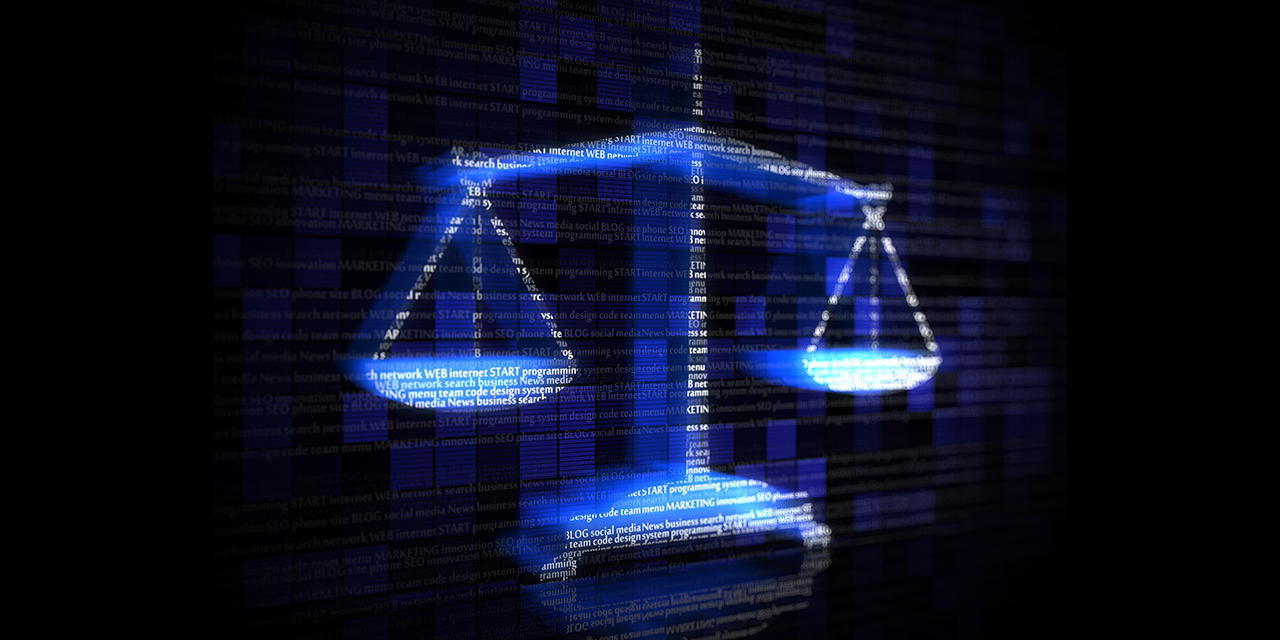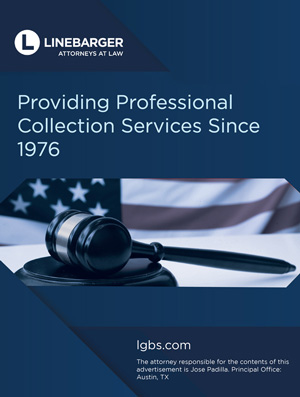The Surveys
We have summarized the best thinking of over 1,700 court professionals, with various subsets having reviewed 241 different possible scenarios of the future.1 This report highlights recent assessments, focuses on responses from NACM members, and compares their assessments with those of the overall group.
Twelve surveys conducted over ten years have sought to answer this question: What is the most likely future for courts? By assessing the probability of various scenarios occurring within the next ten years, then averaging those results, we have developed estimates of what the future might hold for courts. The assessments averaging from 1.0 to 1.9 are labeled Highly Likely; 2.0 to 2.4 – Likely; 2.5 to 2.9—Maybe (50-50 Chance); 3.0 to 3.4—Unlikely; 3.5 and higher—Improbable.
For an in-depth look at many scenarios, we invite you to go to the www.Courtleader.net website. Janet Cornell hosts the site where we have posted several “thought pieces” on the CourtFutures webpage. You can request a full set of survey results by emailing us at CourtFutures@gmail.com.
No. 10: Artificial Intelligence (AI) Replaces the Human Element in Judicial Decision-Making
Instead of a scenario that is likely to occur, we thought it would be interesting to start with one that respondents thought was likely not to happen. The scenario proposed that artificial intelligence algorithms will advance to the point where they become better decision-makers than human judges.
| Theme | Overall Group |
| Artificial Intelligence Replaces the Human Element in Judicial Decision-Making | Improbable |
NACM members assessed the scenario as having a 3.9 probability; non-NACM respondents assessed it as having a 4.0 probability.
No. 9: Court Managers Supervise Four Generations of Staff
Baby Boomers continue to be slow to retire from the office. Court offices now consist of four generations of staff working side-by-side. Each generation has its own “worldview” and requires different management approaches.
| Theme | Overall Group |
| Court Managers Supervise Four Generations of Staff | Highly Likely |
The overall group assessed this scenario as having a 1.9 probability; NACM members assessed it as having a 1.8 likelihood; non-NACM respondents assessed it as having a 1.9 probability.
No. 8: Probation and Pretrial Use Virtual Conferencing to Confer with Probationers and Defendants
Probation and Pretrial Supervision realize that conducting routine meetings with probationers and defendants virtually is cheaper and more convenient.
| Theme | Overall Group |
| Probation and Pretrial Use Virtual Conferencing to Confer with Probationers and Defendants | Highly Likely |
NACM members, non-NACM, and the group overall assessed the scenario as having a 1.6 probability.
No. 7: Courts Continue to Struggle with Determining Responsibility, Liability, and Control of Algorithms
Artificial intelligence (AI) based on algorithms has become part of our lives and part of court functions. Court applications include pretrial release, sentencing, online dispute resolution, and law enforcement systems such as facial recognition and predictive policing. If an algorithm fails to perform as expected, is found to be biased, or is misused, who is legally responsible? Answers to these questions are slow in coming.
| Theme | Overall Group |
| Courts Continue Struggling to Determine Responsibility and Control of Algorithms | Likely |
The overall group assessed this scenario as having a 2.1 probability; NACM members assessed the scenario as having a 2.0 likelihood; non-NACM respondents assessed it as Likely with a 2.1 probability.
No. 6: Demand Increases for Open Court Data
Outside organizations increase pressure on courts to make their data freely available. Data end up being used, reused, and redistributed by anyone with only minimal requirements.
| Theme | Overall Group |
| Demand Increases for Open Court Data | Highly Likely |
NACM members, non-NACM, and the group overall assessed the scenario as having a 1.9 probability.
No. 5: Streamlined Expungement Processes Help Convicted Drug Felons
Jurisdictions adopt simplified procedures for expunging convictions allowing individuals to seek jobs and housing without having to answer “yes” to questions about prior felony convictions. This scenario was first surveyed in the winter of 2018 and assessed as Likely with a 2.4 average probability.
| Theme | Overall Group |
| Streamlined Expungement Processes Help Convicted Drug Felons | Likely |
The overall group gave the scenario a 2.1 probability; NACM members gave it a 2.0 probability; non-NACM respondents assessed it as having a 2.3 probability.
No. 4: Courts Provide Interpreter Access for All Cases
Bowing to public pressure and relying on remote interpretation technology, courts provide interpreter services for all cases and at all times during court business hours.
| Theme | Overall Group |
| Courts Provide Interpreter Access for All Cases | Likely |
The overall group gave the scenario a 2.2 probability; NACM members gave it a 2.0 probability; non-NACM respondents assessed it as having a 2.4 probability.
No. 3: Increasingly Frequent Destructive Storms Result in More Reliance on COOPs
From massive snowstorms and then flooding to devastating forest fires and repeated hurricanes, climate change causes more frequent natural catastrophes. Courts start to regularly rely on their continuity of operations and emergency response plans.
| Theme | Overall Group |
| Increasingly Frequent Destructive Storms Result in More Reliance on COOPs | Likely |
The NACM members, non-NACM respondents, and the overall group all assessed the scenario Likely, giving it a 2.0 probability.
No. 2: Litigants Turn to Online Legal Advice
Websites and blogs that provide litigants with legal advice and court strategies cover an array of dispute types such as landlord-tenant actions, child custody and support, foreclosures, defaults, traffic and parking tickets, and drunk driving. Demand for attorneys continues to decline.
| Theme | Overall Group |
| Litigants Turn to Online Legal Advice | Highly Likely |
The overall group assessed the scenario as having a 1.9 probability; NACM members assessed the scenario as Highly Likely giving it a 1.9 likelihood; non-NACM respondents assessed it as Likely giving it a 2.0 probability.
No. 1: Smartphones Are Carried at All Times; They Continually Track Our Locations and Our Lives
Smartphones become irreplaceable for navigating through daily life. They become the key form of personal identification replacing employee and student ID badges. They allow trusted customers to bypass long security checkpoints. They start our vehicles. They replace debit cards, credit cards, and even cash.
While not required to carry one, not having a smartphone is so annoying that people rarely go without. As a side feature, smartphones track our locations 24/7 as well as serve as a visual and audio record of our lives.
| Theme | Overall Group |
| We Carry Our Smartphones at All Times; They Continually Track Our Locations and Our Lives | Highly Likely |
The overall group and NACM members gave it a 1.5 probability; non-NACM respondents assessed it as having a 1.6 probability.
We are gearing up for our 2024 survey and want to hear what you think we should ask. Also, let us know of anyone who might be interested in participating in the next survey. Email your suggestions to courtfutures@gmail.com.
- This table summarizes the survey responses over the last ten years.
| Survey | Total Responses | NACM Responses | Percentage |
| Spring 2013 | 232 | 70 | 30.2 |
| Summer 2013 | 212 | 67 | 31.6 |
| 2014 | 510 | 120 | 23.5 |
| 2015 | 493 | 137 | 27.8 |
| 2016 | 369 | 119 | 32.2 |
| 2017 | 391 | 132 | 33.8 |
| 2018 | 352 | 155 | 44.0 |
| 2019 | 398 | 216 | 54.3 |
| 2020 | 412 | 238 | 57.8 |
| 2021 | 358 | 170 | 47.5 |
| 2022 | 321 | 156 | 48.6 |
| 2023 | 289 | 159 | 55.0 |



